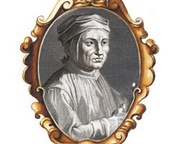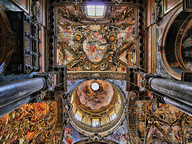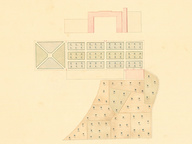The poetry of light. Venetian drawings from the National Gallery of Washington
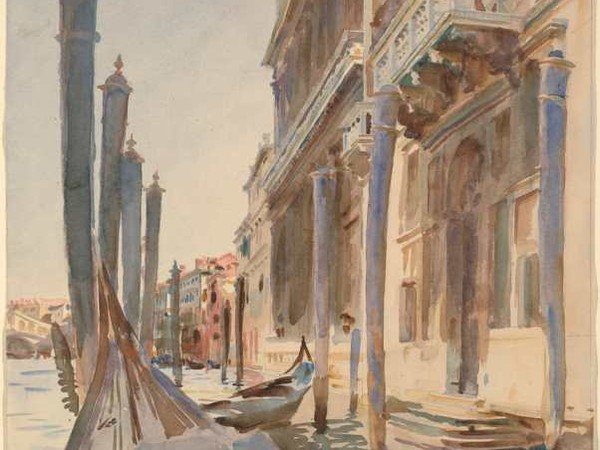
John Singer Sargent, Attracchi di gondole sul Gran Canale
From 06 Dicembre 2014 to 15 Marzo 2015
Venice
Place: Museo Correr
Address: San Marco 52
Times: 10 am - 05 pm
Responsibles: Andrew Robinson
Organizers:
- National Gallery di Washington
Ticket price: full € 16, reduced € 10, students € 5.50
Telefono per informazioni: +39 041 2405211
E-Mail info: info@fmcvenezia.it
Official site: http://www.disegnivenezianinga.it
One of the most important collections of Venetian drawings in the world belongs to the National Gallery of Art. This extraordinary collection, comprising over 130 works produced between the 16th and 18thcentury, when Venice and its mainland possessions represented a major centre for the finest Italian artists, returns to its original home in a major exhibition at the Museo Correr.
The exhibition opens with the drawings of the most important artists of the late 15th century, Andrea Mantegna, Giovanni Bellini and Vittore Carpaccio, and continues with works by Giorgione, Domenico Campagnola, Lorenzo Lotto and Titian and includes an extremely rare drawing by Jacopo Bassano, which in turn introduces the selection of drawings dating from the mid-16th century.
These are followed by figure and compositional studies by such artists as Veronese, Tintoretto and Paolo Farinati. The 18th century is represented by a large variety of works: the delicate rococo style of artists such as Sebastiano Ricci, Giovanni Antonio Pellegrini and Rosalba Carriera are counter-balanced by the intense study of “ordinary people” by Giovanni Battista Piazzetta, whose works were the first European drawings to be collected as works worthy of collection in their own right.
There will also be works by Giambattista Tiepolo on display and a special section dedicated to landscape, with some coloured gouaches by Marco Ricci and Francesco Zuccarelli, together with views of canals, lagoons and palazzi by Canaletto and Francesco Guardi, and architectural “renderings” and capriccios by Giovanni Battista Piranesi.
While the history of Venetian art per se is generally considered to terminate with the fall of the Republic in 1797, it nevertheless continued to flourish in the 19th century, when Venetian artists, despite moving abroad to work, contributed to the spread of new ideas that we find in currents such as Neoclassicism and in drawings for architecture. By contrast, the city, with its canals and calm, evocative lagoon atmospheres – important elements for both Romanticism and Impressionism – continued to attract large numbers of foreign artists who, like John Singer Sargent, were literally dazzled by it.
The exhibition opens with the drawings of the most important artists of the late 15th century, Andrea Mantegna, Giovanni Bellini and Vittore Carpaccio, and continues with works by Giorgione, Domenico Campagnola, Lorenzo Lotto and Titian and includes an extremely rare drawing by Jacopo Bassano, which in turn introduces the selection of drawings dating from the mid-16th century.
These are followed by figure and compositional studies by such artists as Veronese, Tintoretto and Paolo Farinati. The 18th century is represented by a large variety of works: the delicate rococo style of artists such as Sebastiano Ricci, Giovanni Antonio Pellegrini and Rosalba Carriera are counter-balanced by the intense study of “ordinary people” by Giovanni Battista Piazzetta, whose works were the first European drawings to be collected as works worthy of collection in their own right.
There will also be works by Giambattista Tiepolo on display and a special section dedicated to landscape, with some coloured gouaches by Marco Ricci and Francesco Zuccarelli, together with views of canals, lagoons and palazzi by Canaletto and Francesco Guardi, and architectural “renderings” and capriccios by Giovanni Battista Piranesi.
While the history of Venetian art per se is generally considered to terminate with the fall of the Republic in 1797, it nevertheless continued to flourish in the 19th century, when Venetian artists, despite moving abroad to work, contributed to the spread of new ideas that we find in currents such as Neoclassicism and in drawings for architecture. By contrast, the city, with its canals and calm, evocative lagoon atmospheres – important elements for both Romanticism and Impressionism – continued to attract large numbers of foreign artists who, like John Singer Sargent, were literally dazzled by it.
SCARICA IL COMUNICATO IN PDF
lotto ·
giorgione ·
tintoretto ·
tiziano ·
giambattista tiepolo ·
canaletto ·
andrea mantegna ·
giovanni bellini ·
bellini ·
mantegna ·
jacopo bassano ·
veronese ·
lorenzo lotto ·
giovanni battista piazzetta ·
tiepolo ·
piazzetta ·
guardi ·
bassano ·
carpaccio ·
whistler ·
von alt ·
lear ·
werner ·
callow ·
sargent
COMMENTI

-
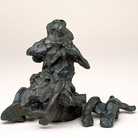 Dal 16 aprile 2024 al 15 settembre 2024
Venezia | Gallerie dell’Accademia
Dal 16 aprile 2024 al 15 settembre 2024
Venezia | Gallerie dell’Accademia
Willem de Kooning and Italy
-
 Dal 17 aprile 2024 al 22 settembre 2024
Venezia | Ateneo Veneto
Dal 17 aprile 2024 al 22 settembre 2024
Venezia | Ateneo Veneto
-
 Dal 17 aprile 2024 al 24 novembre 2024
Venezia | Procuratie Vecchie
Dal 17 aprile 2024 al 24 novembre 2024
Venezia | Procuratie Vecchie
-
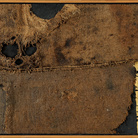 Dal 17 aprile 2024 al 16 giugno 2024
Venezia | Galleria Giorgio Franchetti alla Ca’ d’Oro
Dal 17 aprile 2024 al 16 giugno 2024
Venezia | Galleria Giorgio Franchetti alla Ca’ d’Oro
-
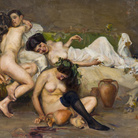 Dal 13 aprile 2024 al 28 luglio 2024
Treviso | Museo Luigi Bailo
Dal 13 aprile 2024 al 28 luglio 2024
Treviso | Museo Luigi Bailo
-
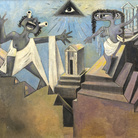 Dal 13 aprile 2024 al 16 settembre 2024
Venezia | Collezione Peggy Guggenheim
Dal 13 aprile 2024 al 16 settembre 2024
Venezia | Collezione Peggy Guggenheim

